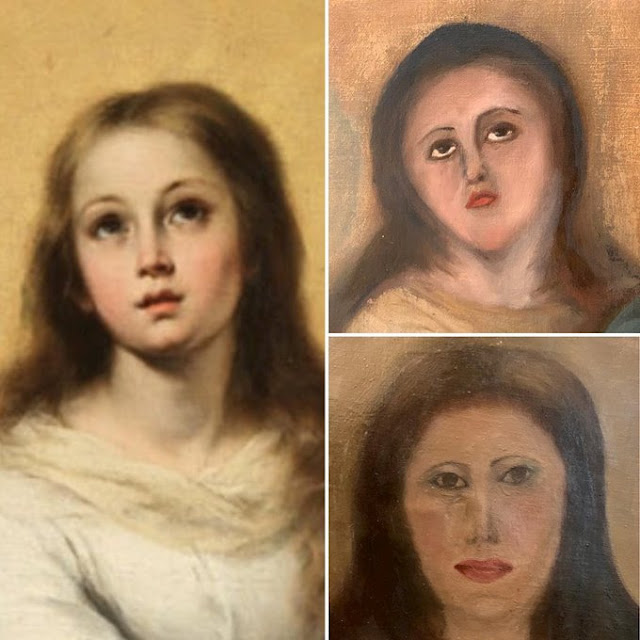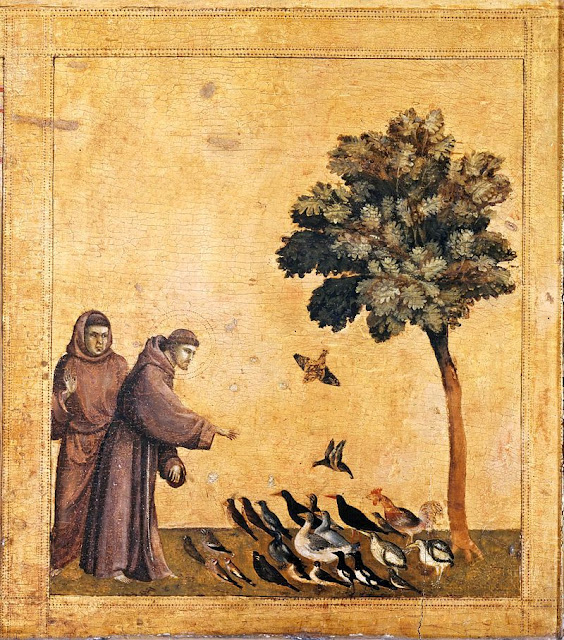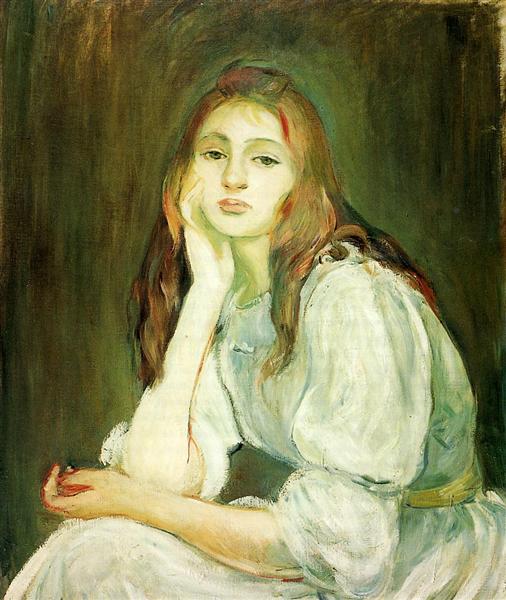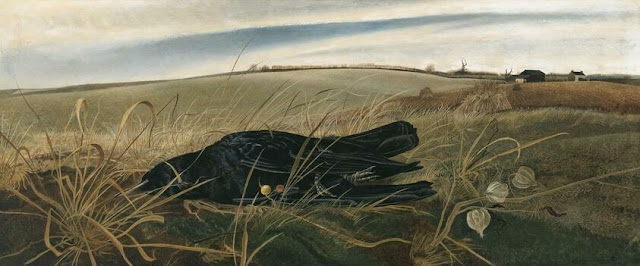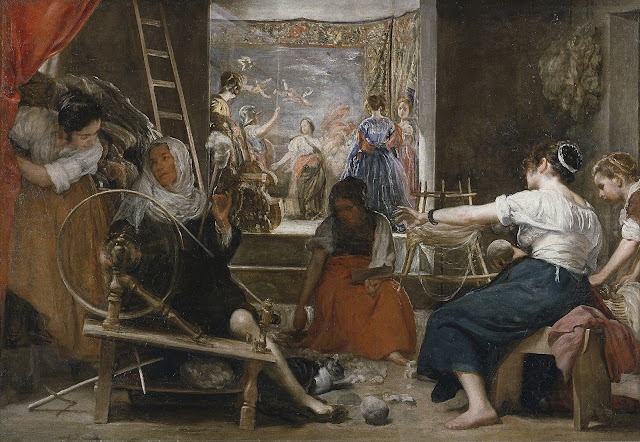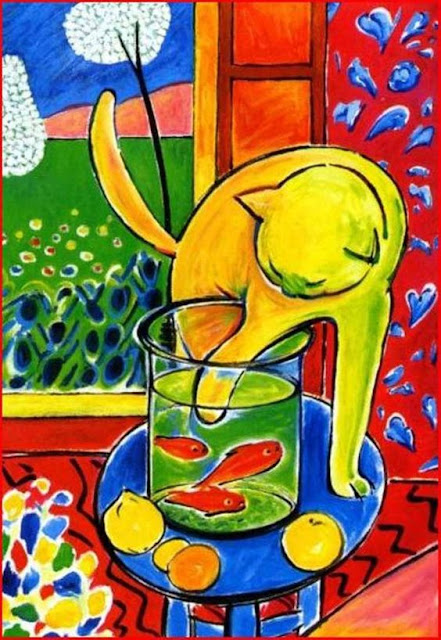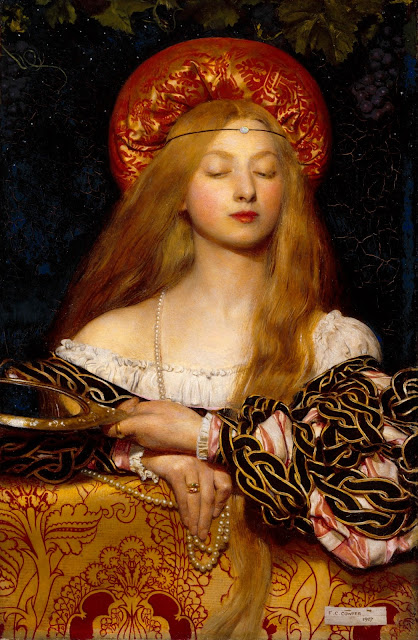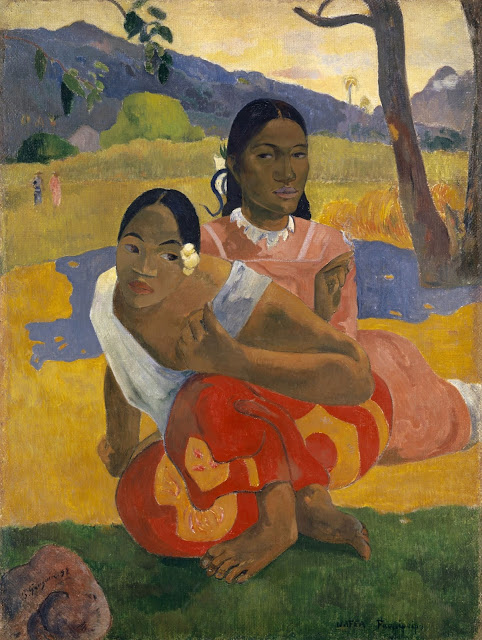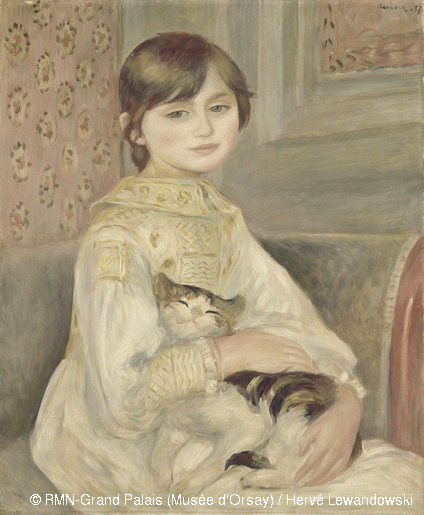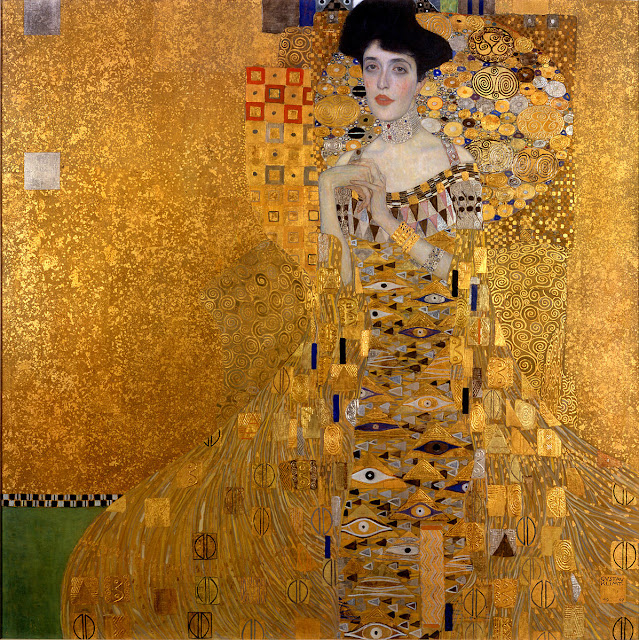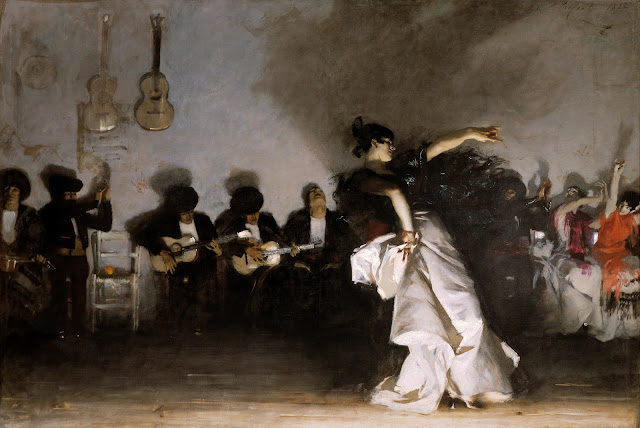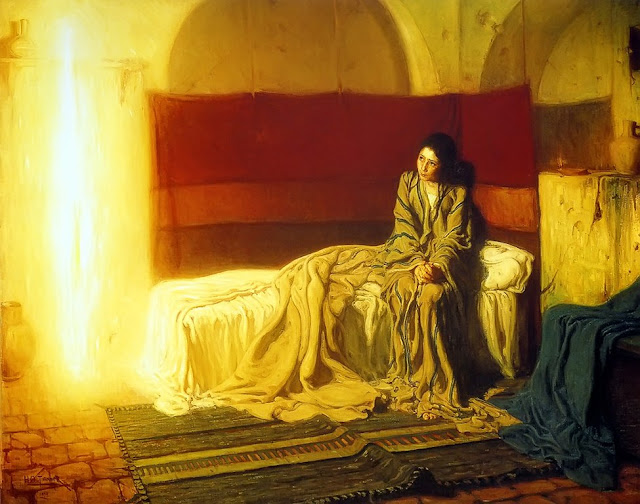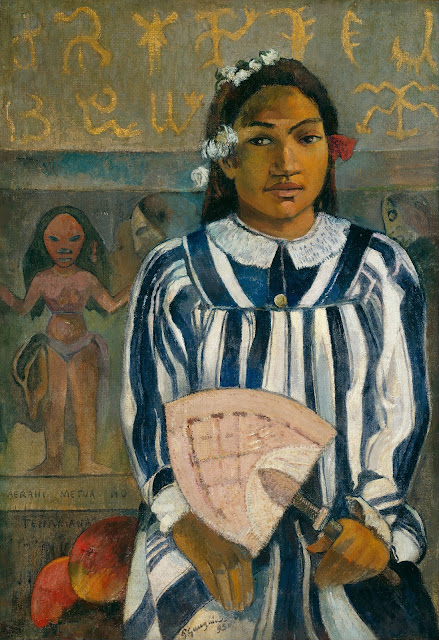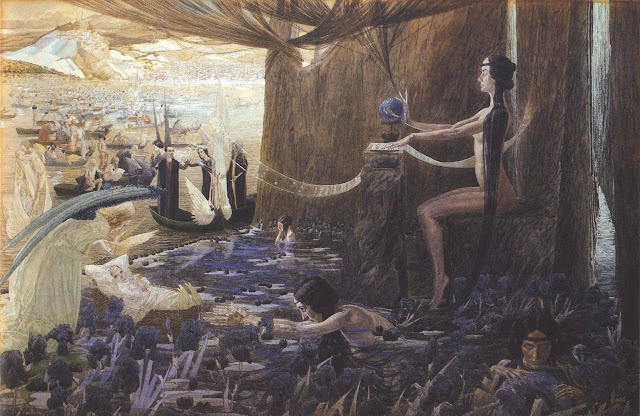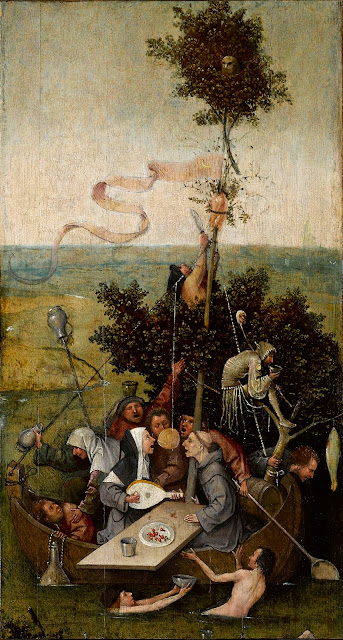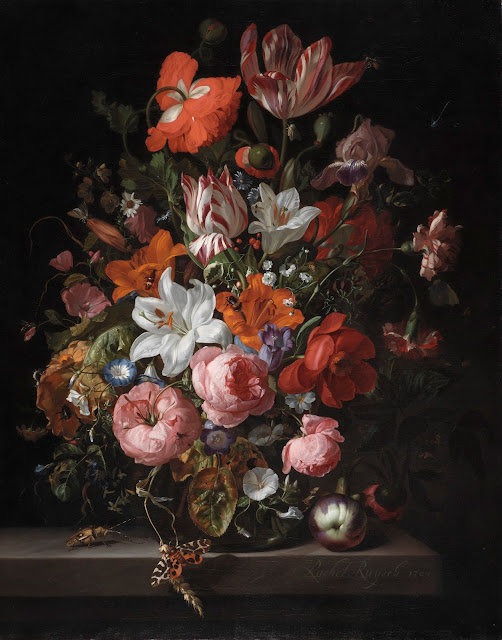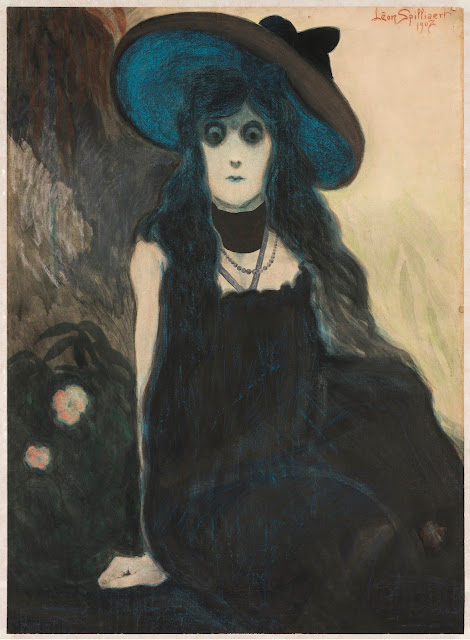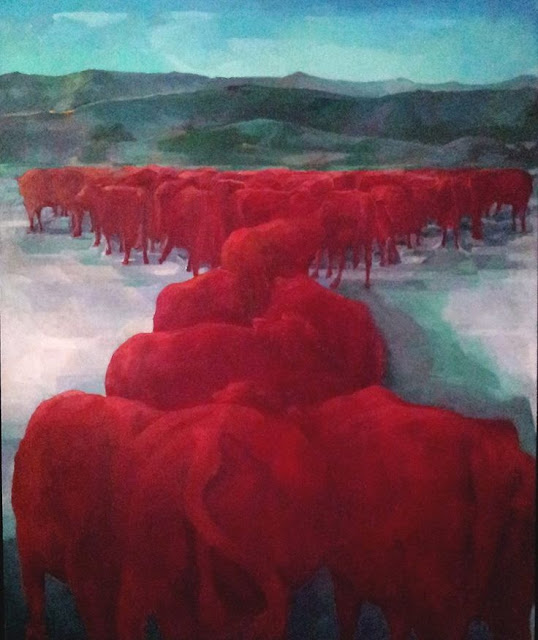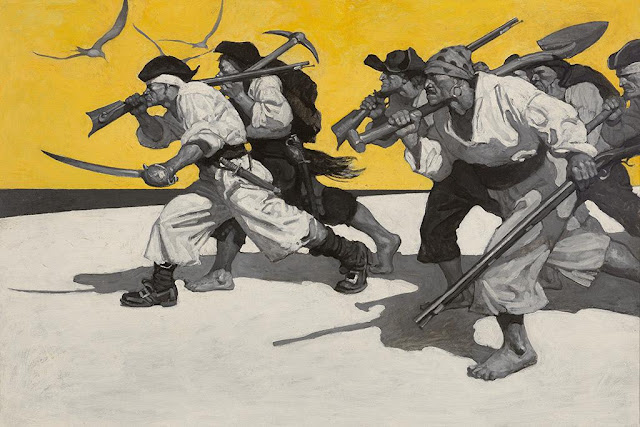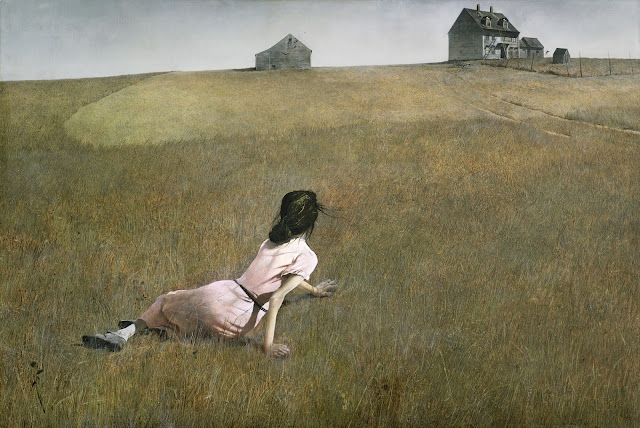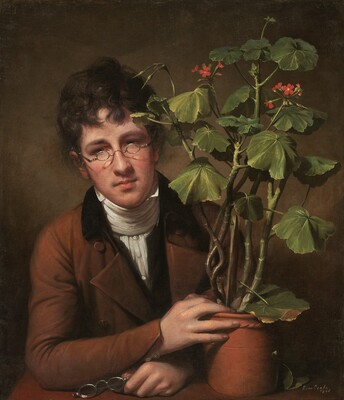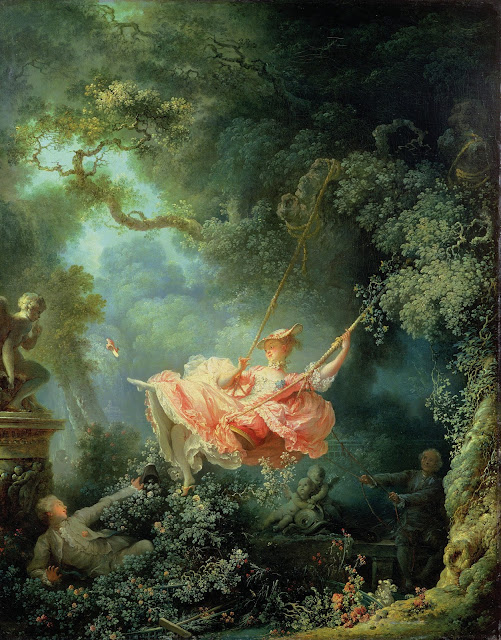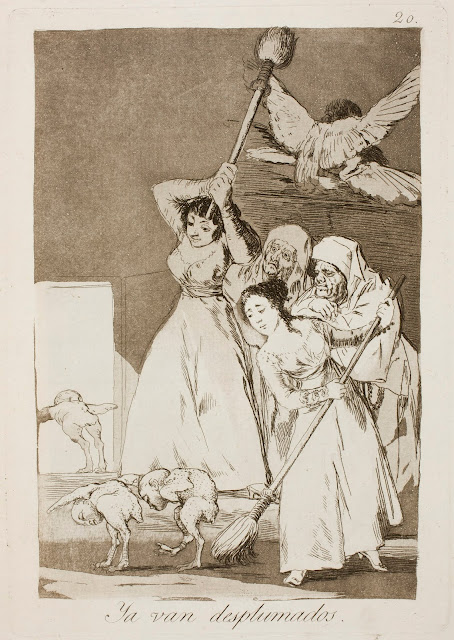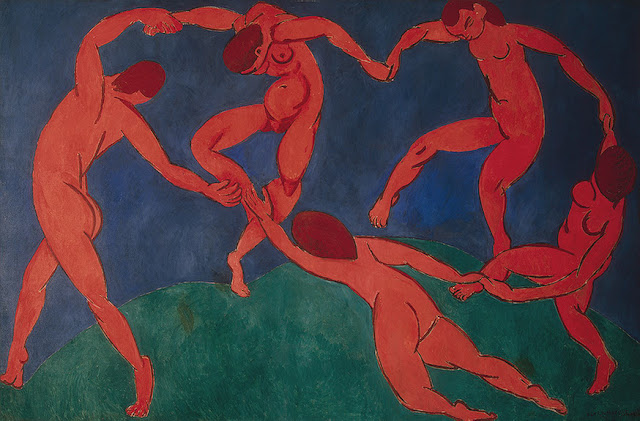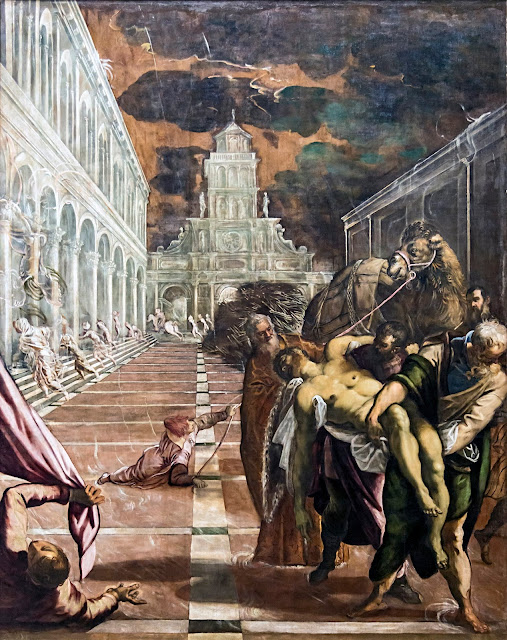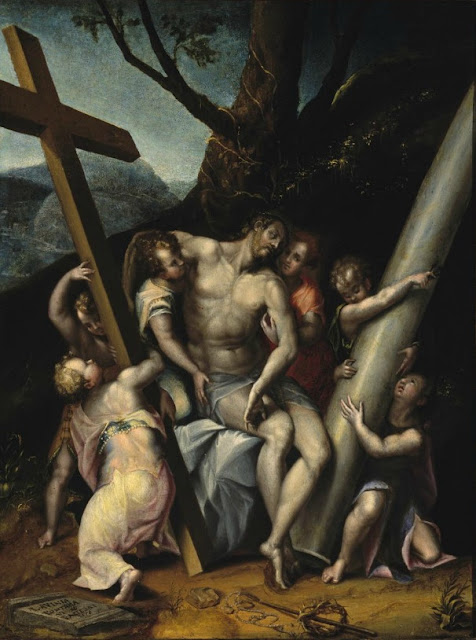The Death of Medusa II by Edward Burne-Jones (Interpretation and Analysis)

The Death of Medusa II Source: Southampton City Art Gallery Among the painters of the Pre-Raphaelite movement, Edward Burne-Jones stands out as one of the most productive and talented artists of his age. Like many of the Pre-Raphaelites, much of his work was inspired by the legends and myths of older cultures, spanning from the stories of Medieval Europe to the famed Greek myths. One subject that seemed to fascinate him was the story of Perseus. The legend of Perseus comes from Greek mythology. It tells the story of the heroic son of Zeus, Perseus, who embarks on a mission to save the princess Andromeda from the monstrous Gorgon, Medusa. Burne-Jones planned to tell the entire story through paintings, but he died before he could complete the project. The Death of Medusa II is one unfinished piece from the series. It depicts Perseus escaping with the head of Medusa while her sisters, the other two Gorgons, gaze at her dead body in distress. The Pre-Raphaelites strove for a degree of
